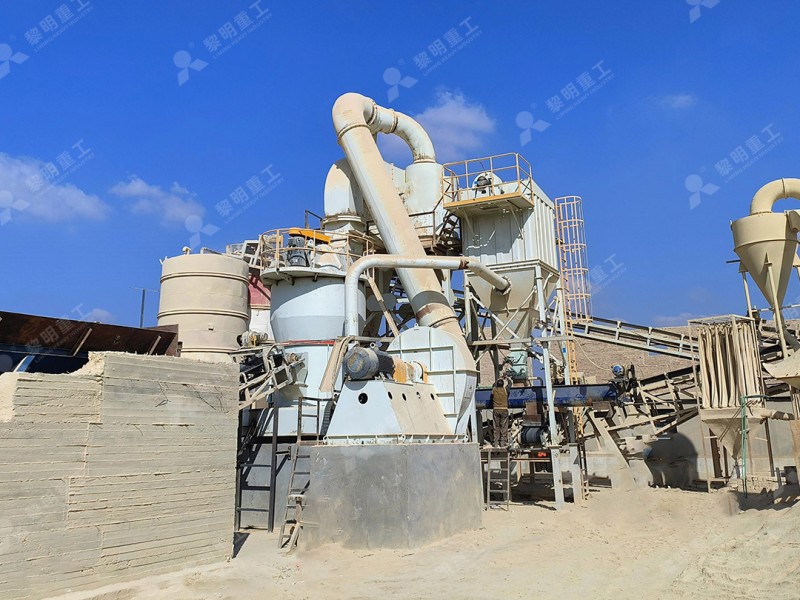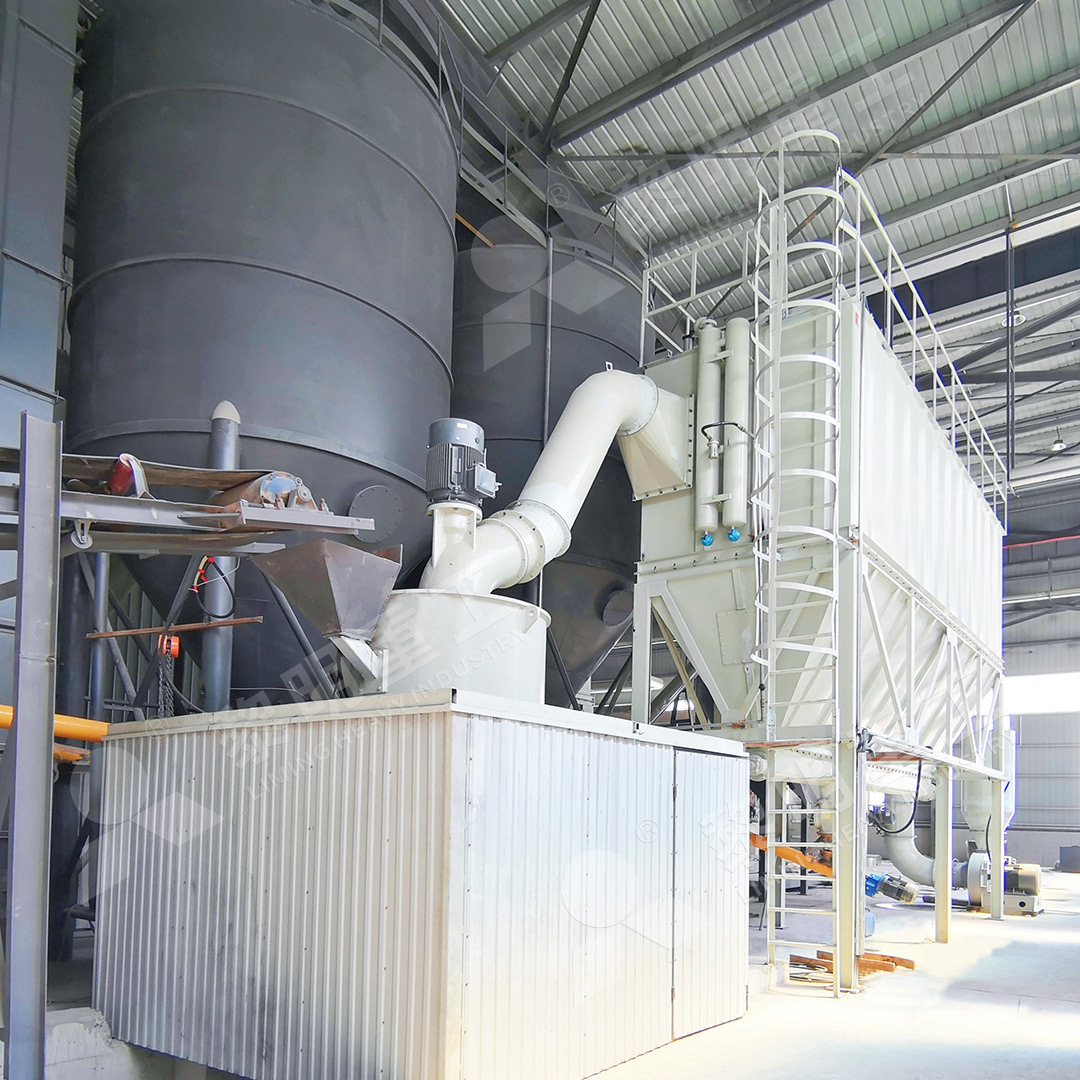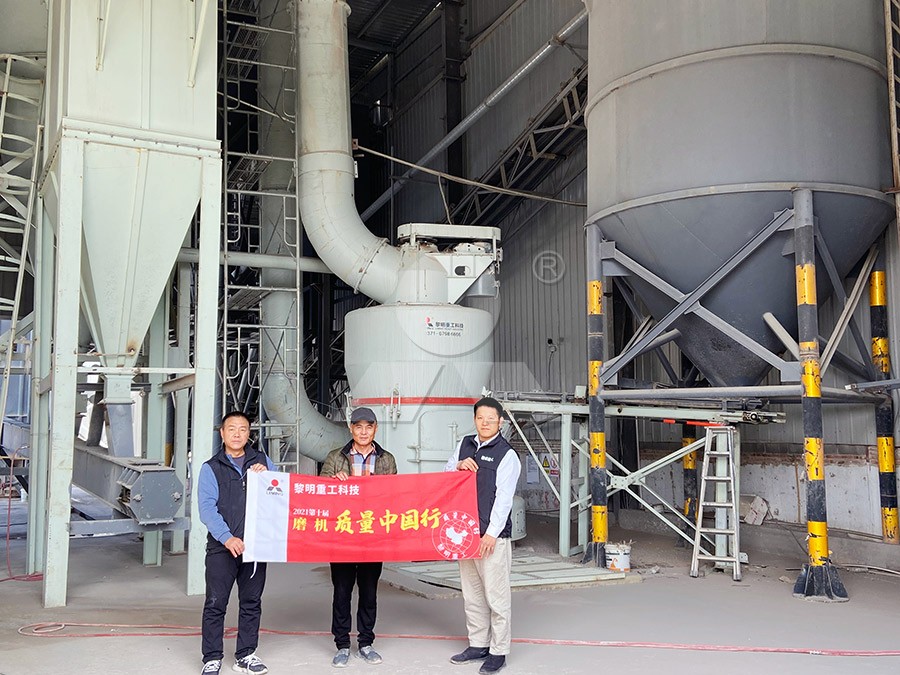Fluorite Ore Beneficiation Process: Key Steps for Efficient Pulverizing and Separation
Fluorite Ore Beneficiation Process: Key Steps for Efficient Pulverizing and Separation
The journey from raw fluorite ore to high-purity industrial-grade product demands precision engineering and sophisticated processing technology. As global demand for fluorite continues to grow across chemical, metallurgical, and ceramic industries, optimizing the beneficiation process has become paramount for operational efficiency and product quality.

Primary Crushing and Initial Preparation
The beneficiation journey begins with primary crushing, where large fluorite chunks are reduced to manageable sizes typically below 20mm. This initial stage sets the foundation for downstream processing efficiency. Proper crushing ensures uniform feed material that responds predictably to subsequent grinding operations, minimizing energy waste and equipment stress.
Following crushing, the material undergoes washing and screening to remove clay, silt, and other fine impurities that could interfere with the grinding process. This preparatory step is particularly crucial for fluorite ores from weathered deposits where surface contamination is common.
The Critical Grinding Phase
Grinding represents the heart of fluorite beneficiation, where particle liberation occurs without compromising the crystal structure that determines end-use suitability. Traditional grinding approaches often struggle with the delicate balance between complete mineral liberation and over-grinding, which can create ultrafine particles that are difficult to recover in subsequent separation stages.
This is where advanced grinding technology makes a transformative difference. The MW Ultrafine Grinding Mill represents a significant leap forward with its ability to process materials with input sizes up to 20mm and capacities ranging from 0.5 to 25 tons per hour. What sets this equipment apart is its innovative approach to energy efficiency – achieving 40% higher production capacity compared to jet grinding mills while consuming only 30% of the energy.

Separation and Concentration Techniques
Once properly ground, fluorite particles must be separated from gangue minerals, typically through flotation. The efficiency of this separation depends heavily on the particle size distribution achieved during grinding. Uniform particle sizing ensures consistent bubble-particle attachment in the flotation cells, maximizing recovery rates.
The MW Ultrafine Grinding Mill’s cage-type powder selector, incorporating German technology, enables precise control over product fineness between 325-2500 meshes. This precision directly translates to improved flotation performance, as operators can optimize the particle size for their specific ore characteristics and separation requirements.
Environmental Considerations and Operational Stability
Modern fluorite processing must address environmental concerns while maintaining economic viability. The integrated pulse dust collector and muffler system in advanced grinding equipment ensures compliance with stringent environmental standards without compromising processing efficiency.
Equipment reliability is another critical factor. The absence of rolling bearings and screws in the grinding chamber of the MW mill eliminates common failure points, while external lubrication capabilities enable continuous 24-hour operation – a significant advantage in capital-intensive mineral processing operations.

Frequently Asked Questions
What is the optimal particle size for fluorite flotation?
The ideal size range typically falls between 100-400 mesh, though this can vary based on ore characteristics. Advanced grinding equipment like the MW Ultrafine Grinding Mill allows precise adjustment within the 325-2500 mesh range to optimize flotation performance.
How does grinding technology impact overall beneficiation costs?
Grinding typically accounts for 40-60% of total energy consumption in mineral processing. High-efficiency mills can reduce this energy usage by 30-50% while increasing throughput, creating substantial operational savings that directly impact profitability.
What maintenance considerations are important for fluorite grinding equipment?
Equipment with simplified internal designs, such as the MW mill’s bearing-free grinding chamber, significantly reduces maintenance requirements and associated downtime. External lubrication systems and digitally precision-machined components further enhance operational reliability.
Can the same equipment process different grades of fluorite ore?
Yes, modern grinding mills with adjustable parameters can handle various fluorite types. The key is equipment flexibility in controlling fineness and throughput to match specific ore characteristics and product specifications.
